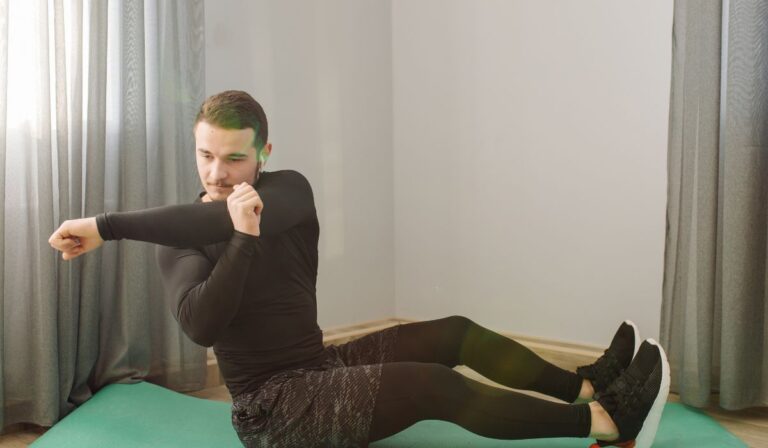How to Improve Your Push-Ups at Any Level, According to a Bodyweight Training Coach
Push-ups are often seen as a basic exercise, but ask anyone who’s been working out for a while, and they’ll tell you—it’s a move that constantly demands better form, strength, and control.
Whether you’re just starting or looking to refine your technique, there’s always room for improvement. To help break it down, I spoke to a bodyweight training coach who regularly helps beginners and advanced athletes improve their push-up performance.
Coach Adrian Cruz, a bodyweight training specialist and founder of Core Strength Collective, says that push-ups are more than just a chest exercise. “They’re a full-body movement that teaches tension, control, and discipline.”
Here are his six smart strategies that can elevate your push-ups, no matter where you’re starting from.
1. Start Where You Are—And That’s Perfectly Okay
Cruz emphasizes that form comes before ego. “There’s no shame in doing push-ups from your knees or on an incline like a bench or countertop,” he says.
This version helps build foundational strength while allowing your body to learn the right movement pattern. Once you can do 10–12 solid reps without compromising form, it’s time to move on to standard push-ups on your toes.
2. Tuck, Don’t Flare, Your Elbows
If your arms shoot straight out to the sides when you do push-ups, you’re putting your shoulders at risk.
“Your elbows should point back at about a 45-degree angle,” Cruz advises. This position mimics proper pressing form seen in exercises like bench press and protects the shoulder joint while activating the chest and triceps more effectively.
3. Use Your Hands Like Anchors
To maintain wrist health and create stability, Cruz suggests paying attention to your hands.
“Spread your fingers and press through your entire palm. Imagine you’re trying to grip the floor.” This technique activates the smaller muscles in the forearms and stabilizes the wrists, reducing discomfort and increasing power output.
4. Keep Your Core Tight—Don’t Let Your Hips Drop
It’s easy to let your hips sag when you get tired, but that compromises your spine and weakens the movement.
“Think of your body as one straight line from your head to your heels,” Cruz says. Engage your abs, glutes, and quads to keep your midsection tight. This turns your push-up into a moving plank, adding core strength benefits to each rep.
5. Shift Slightly Forward As You Lower
Instead of just dropping down like an elevator, try to move your chest slightly forward as you lower.
“This small adjustment can reduce wrist pressure and improve shoulder mechanics,” Cruz notes. He also recommends keeping your gaze slightly ahead of your fingertips to maintain a neutral neck position throughout the movement.
6. Finish Each Rep Strong—Push the Floor Away
A lot of people stop pushing once their arms are straight, but Cruz says that’s not the end.
“Push through your hands and round your upper back slightly at the top of the rep. This helps activate the serratus anterior—the ‘boxer’s muscle’—which adds control and stability to your shoulder blades.”
It’s this final push that locks in strength and protects your joints during higher volume training.
Try the “Thunderstruck Push-Up Game.”
If you want to add a fun test to your routine, Cruz recommends trying this push-up challenge based on the song “Thunderstruck” by AC/DC:
- Get into a push-up position.
- Every time the word “Thunder” is sung, perform a perfect push-up.
- Hold a plank in between.
The song is just over four minutes long and includes 31 “Thunder” cues. It’s a real test of endurance, control, and mental grit.
Final Thoughts
Improving at push-ups takes time, but if you commit to good form, engage your entire body, and progress gradually, you’ll see real results—both in your push-up numbers and your overall upper body and core strength.
Push-ups aren’t just a test of muscles—they’re a test of patience, consistency, and body awareness. And no matter your current level, there’s always a next step to take.







